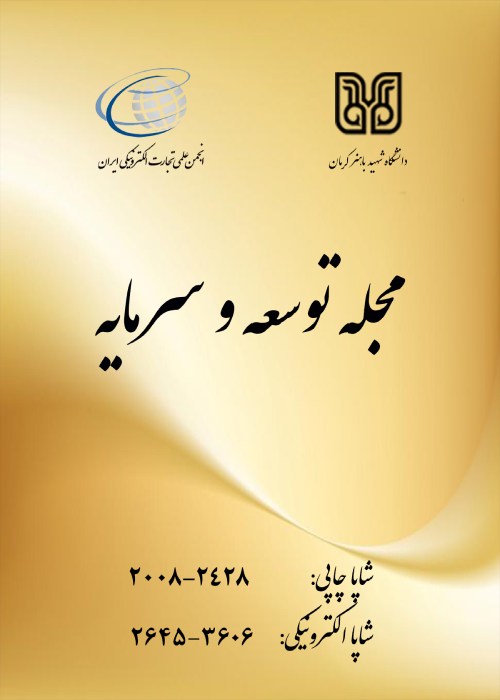Investigating the Asymmetric Effects of Exchange Rate on Poverty in Iran
Poverty is one of the most important social problems that have been always affected the lives of many people, so eliminating this problem is always among the goals of social development. Despite the many efforts that have been made throughout history to eliminate this phenomenon, it has existed for many years and among different countries and continues despite economic growth among underdeveloped or developing countries. In the economics literatures, several factors are effective in creating and spreading poverty, one of which can be considered the exchange rate, which is considered as a key and important economic variable in policy-making. In recent years, the real exchange rate has fluctuated in recent years, and it is important to know its effects on economic policy- making. So, one cannot overlook the significant impact of the exchange rate on poverty. Therefore, the aim of the present study is to try to find out what the asymmetric effects of the exchange rate will be on poverty.
The research variables include poverty index, the real exchange rate and government support. To study the subject, have been used the latest data of the Iran during the period of 1985 to 2018. In this research, a dynamic panel threshold model is investigated to distinguish the asymmetric effects of real exchange rates on poverty. This approach combines time series models with threshold modeling approaches. In this paper, using NARDL, an attempt is made to investigate the positive and negative asymmetric effects of exchange rates on poverty in the Iranian economy using a nonlinear model.
The results show that long term exchange rate impacts on poverty in Iran. In the short run, with a period of delay, exchange rate fluctuations increase poverty in Iran, and real exchange rate declines have no effect on poverty reduction. Also government assistance to the poor and low- income groups in the long and short run has not reduced poverty in the country.
The results show that in both the short and long term, only an increase in the exchange rate will have a devastating effect on poverty and its impact is greater in the long term than in the short term. And in the short and long term, the depreciation of the real exchange rate has no effect on the reduction of poverty, so governments must implement policies that do not cause sharp fluctuations in the real exchange rate, especially in the event of an increase. The possibility of monetary and fiscal policies should be determined in such a way as to minimize exchange rate fluctuations. In addition, although the exchange rate is not a choice for policymakers, if faced with these conditions, the negative effects of an increase in the exchange rate can be mitigated by government support for the poor through transfer payments and indirect payments to vulnerable groups.
- حق عضویت دریافتی صرف حمایت از نشریات عضو و نگهداری، تکمیل و توسعه مگیران میشود.
- پرداخت حق اشتراک و دانلود مقالات اجازه بازنشر آن در سایر رسانههای چاپی و دیجیتال را به کاربر نمیدهد.



